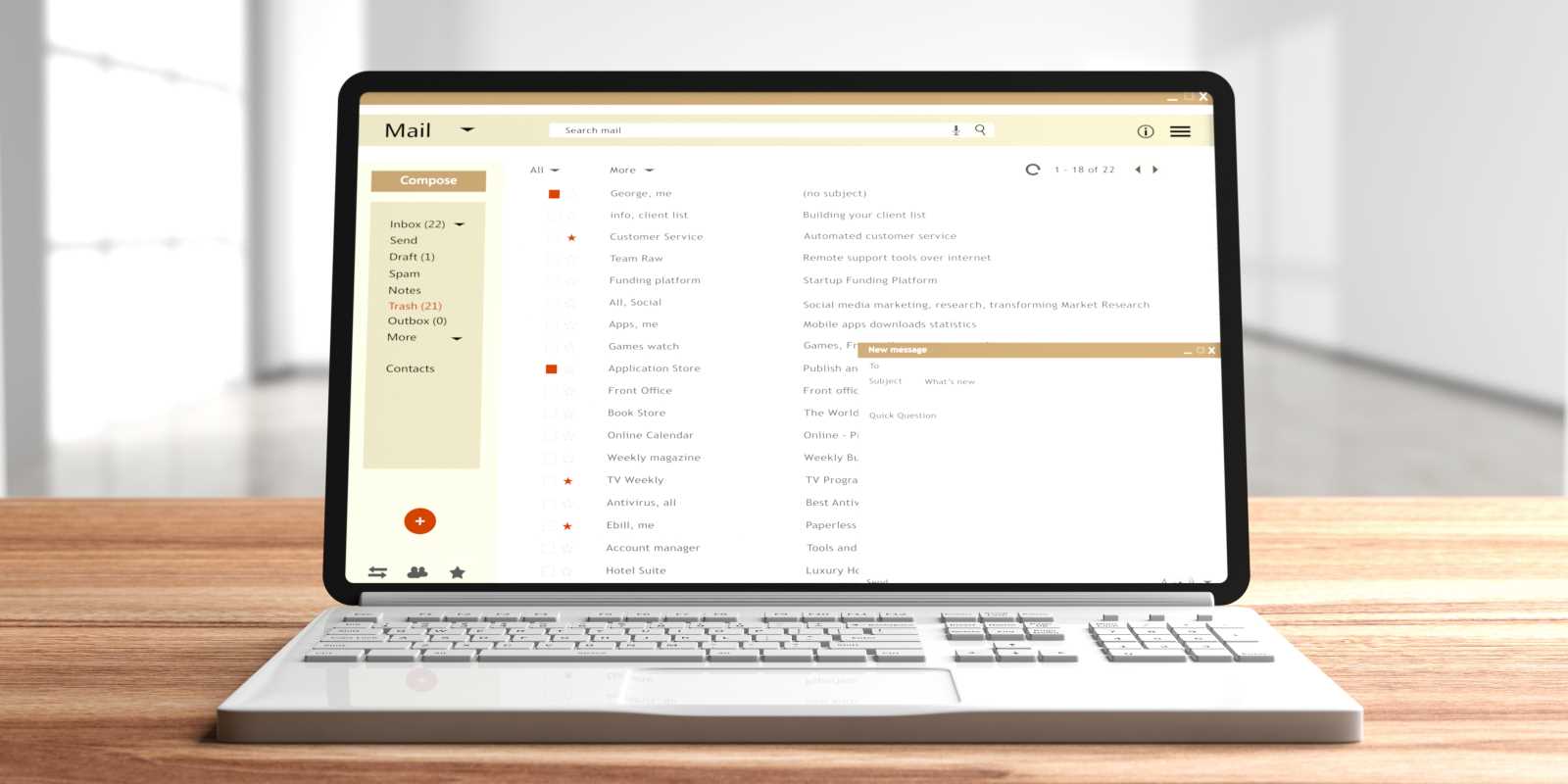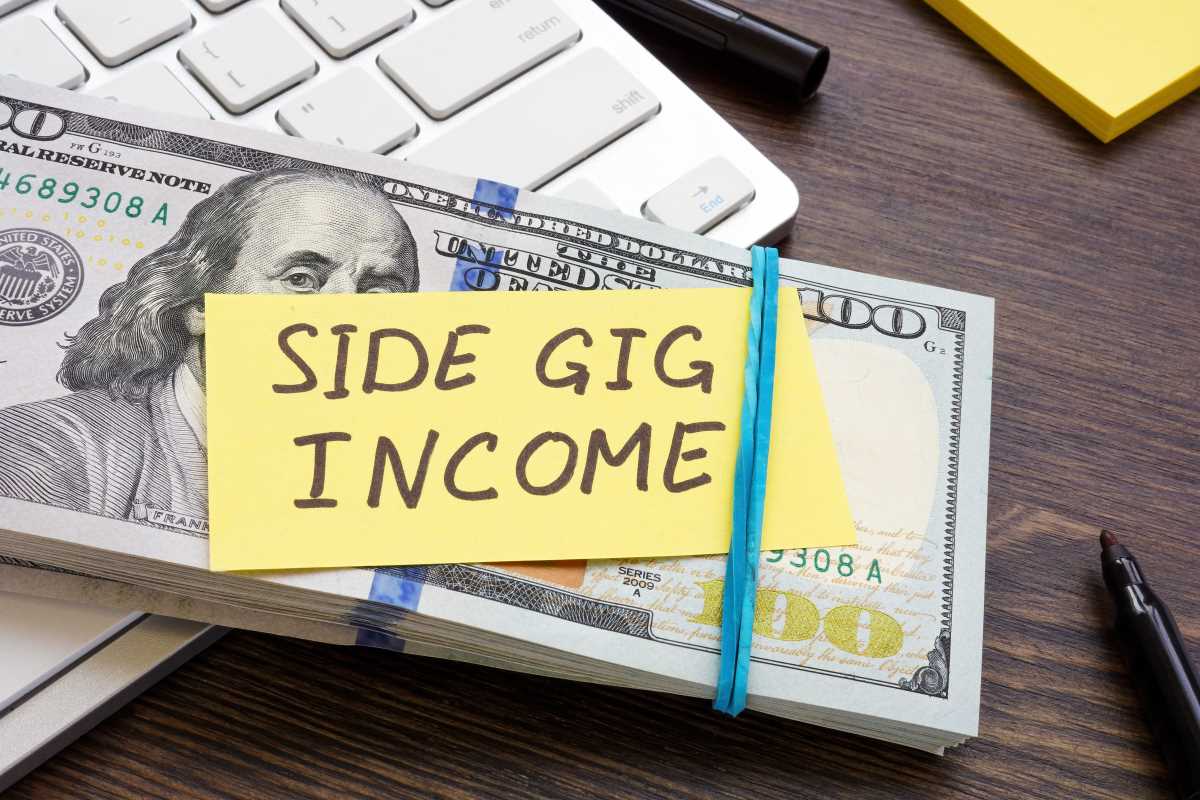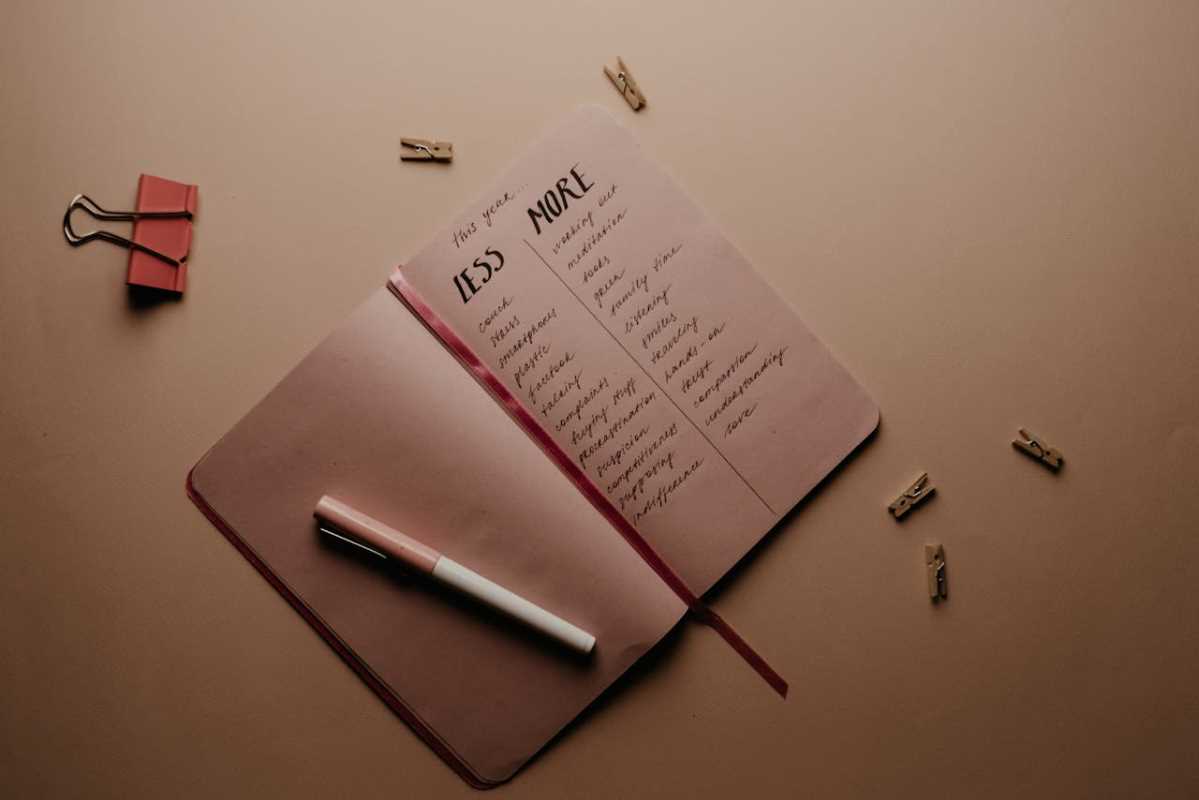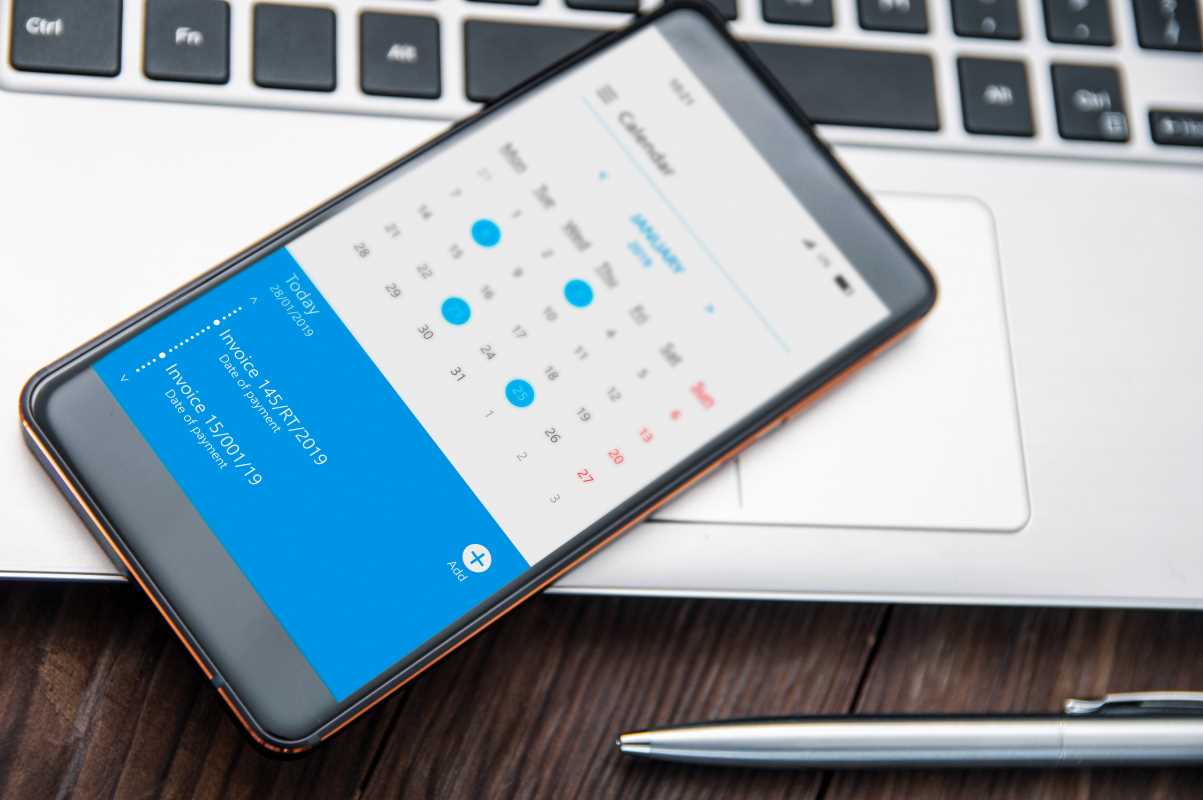Crafting the perfect email can feel like a delicate art. We often start by greeting the recipient, then dive into the body of the message, and finally, add the attachments and subject line as last-minute details. This conventional process seems logical, but it often leads to forgotten attachments, vague subject lines, and rambling messages. Imagine a simple change that could make your emails clearer, more professional, and less prone to error. The solution is to write them backward. This counterintuitive method encourages you to start with the attachments, compose the body, write the subject line, and add the recipient last. This small shift in your process can create a huge improvement in your communication.
The Logic Behind the Backward Method
The standard way of writing emails follows our natural train of thought, but this is not always the most effective way to communicate. The backward method forces you to be more intentional and methodical, addressing the most common points of failure first. You build your message from the ground up, ensuring every component is purposeful and correct before you hit send.
Eliminating the "Forgot the Attachment" Mistake
One of the most common and embarrassing email errors is sending a message that references an attachment you forgot to include. This mistake usually happens because adding the file is the last thing we do, often as an afterthought right before sending. You then have to send an awkward follow-up email with the subject line "Re: [Original Subject] - with attachment."
Starting with the attachment completely solves this problem. You make uploading the file the very first step in your process. Your email cannot be sent without its most critical component already in place. This simple habit builds a safety net into your workflow, ensuring your documents, reports, or presentations always arrive with your message. It is a small change that projects professionalism and reliability.
Building a Message Around Your Core Content
After handling the attachments, you move on to the body of the email. With the primary content already secured, your writing becomes more focused. You are not trying to remember what to attach as you type; your main point of reference is already there. This allows you to compose a message that is clear, direct, and directly supportive of the attached files.
This approach helps you avoid long, rambling emails. You can get straight to the point, explaining what the attachment contains and what action you need the recipient to take. Your writing becomes a concise guide to the information you are providing, rather than a winding narrative. This clarity saves the recipient time and makes it more likely they will understand and act on your request.
The Powerful Benefits of Reversing Your Process
Adopting the backward email method does more than just prevent common errors. It enhances the quality of your communication, saves you time, and reduces the mental load associated with managing your inbox.
Crafting a Perfect Subject Line
The subject line is arguably the most important part of your email. It is the first thing your recipient sees, and it determines whether your message gets opened, ignored, or sent to the trash. We often write the subject line as a hasty summary just before sending, which can result in vague or unhelpful titles like "Question" or "Following Up."
Writing the subject line after composing the body of the email allows you to create a much more accurate and compelling summary. You have already articulated your main points and call to action, so you can distill the core message into a powerful, informative title. A good subject line, like "Project Alpha Report for Review by EOD Friday," tells the recipient exactly what the email is about and what is expected of them. This simple change dramatically increases the effectiveness of your communication.
Preventing Accidental Sends
We have all felt that heart-stopping moment of accidentally hitting "Send" on an unfinished email. A misplaced click or an errant keyboard shortcut can send a half-written, unprofessional message to a client, colleague, or your boss. This error can be damaging to your reputation and cause unnecessary confusion.
The backward email method provides a brilliant, simple solution: add the recipient's email address as the very last step. By leaving the "To" field empty until your message is fully written, proofread, and ready to go, you make it impossible to send an incomplete email. This final step acts as a deliberate "commit" to sending, giving you one last chance to review your work before it goes out. It's a foolproof way to prevent one of the most common email disasters.
Reducing Cognitive Load and Stress
Managing email can be a significant source of stress. The constant need to draft, reply, and track messages consumes mental energy. The backward method simplifies the process by turning it into a clear, step-by-step checklist. You are no longer juggling multiple parts of the email creation process in your head.
This structured approach reduces decision fatigue and frees up mental bandwidth. You can move through your inbox more efficiently, knowing you have a reliable system in place to prevent errors and ensure clarity. The sense of control this provides can lower your stress levels and make managing your email feel less like a chore and more like a streamlined, manageable task. You can confidently process your messages, knowing each one is crafted with care and precision.
How to Start Writing Emails Backward
Integrating this method into your daily routine is easy. It just requires a little practice to build the new habit. Here is a simple, four-step guide to get you started.
- Step 1: Attach Your Files First. Before you type a single word, click the paperclip icon and upload any documents, spreadsheets, or images your email needs. This action should become an automatic first step. With your core content in place, you can build your message with confidence.
- Step 2: Write the Body of the Email. Now, compose your message. Be clear and concise. State your purpose, explain what the attachment contains, and specify any action you need the recipient to take. Since you are not trying to remember attachments, you can focus entirely on making your message as effective as possible.
- Step 3: Create the Subject Line. With your message written, you can now summarize its essence in the subject line. Read through your email and pull out the key information. Aim for a subject that is both descriptive and actionable, giving the recipient a clear idea of the content and priority.
- Step 4: Add the Recipient's Address Last. Once you have proofread your message and are completely satisfied with it, you can finally populate the "To" field. This final checkpoint ensures you never send an email by mistake. Double-check the address, and then you are ready to click "Send" with complete confidence.
The next time you sit down to write an email, start with the attachment and end with the recipient. You will likely find your messages become more professional, your communication more effective, and your workflow more serene. This simple change empowers you to take control of your inbox and communicate with purpose.







